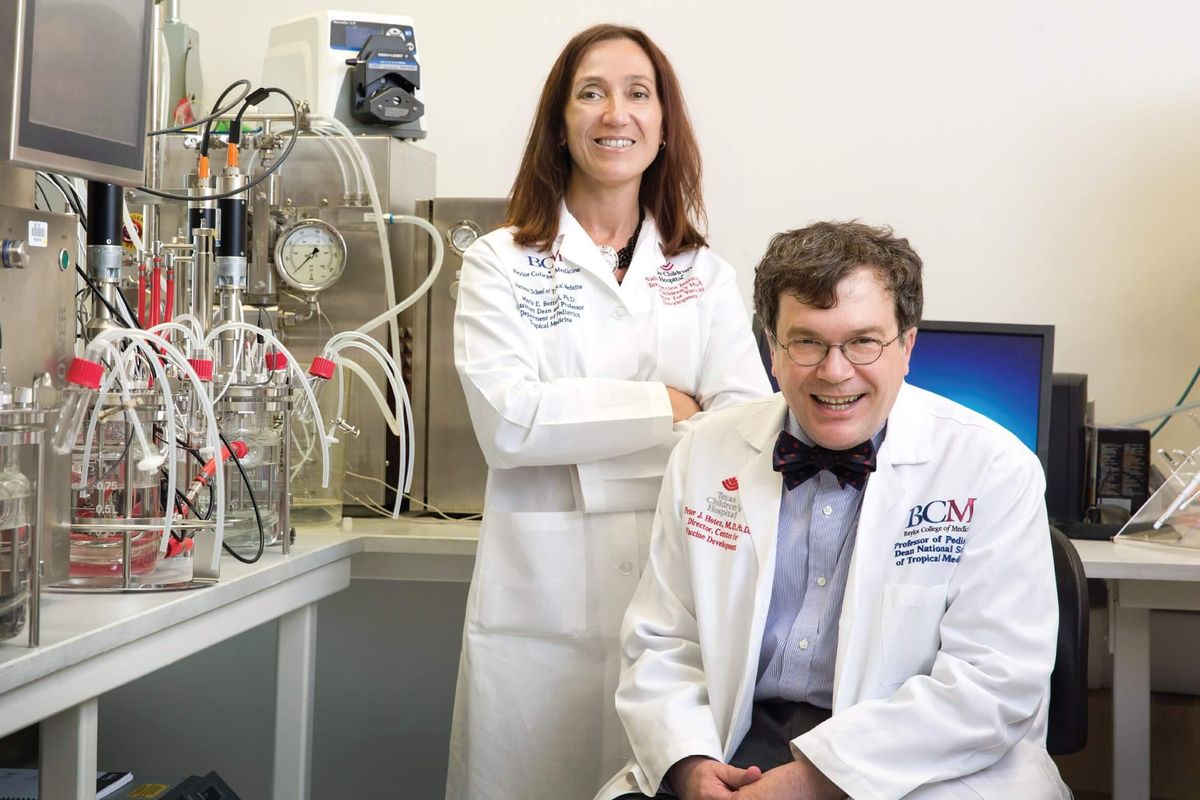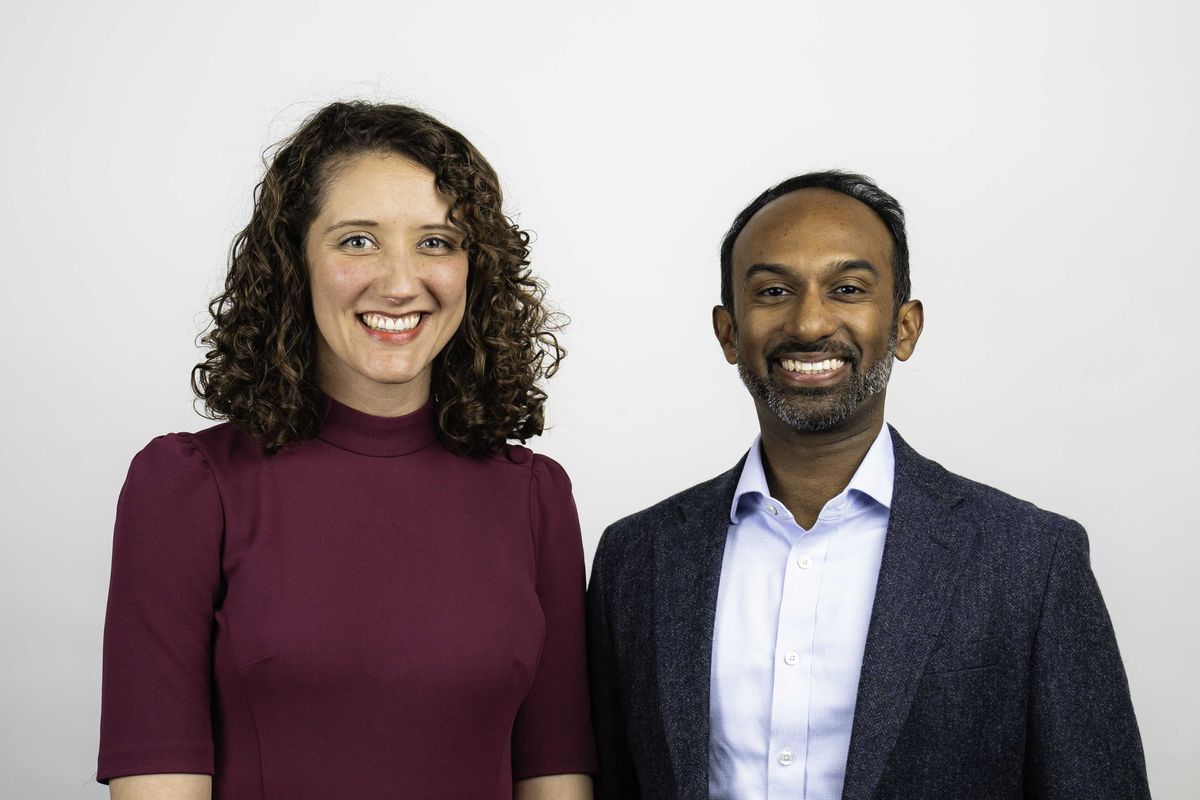Houston chemist lands $2M NIH grant for cancer treatment research
future of cellular health
A Rice University chemist has landed a $2 million grant from the National Institute of Health for his work that aims to reprogram the genetic code and explore the role certain cells play in causing diseases like cancer and neurological disorders.
The funds were awarded to Han Xiao, the Norman Hackerman-Welch Young Investigator, associate professor of chemistry, from the NIH's Maximizing Investigators’ Research Award (MIRA) program, which supports medically focused laboratories.
Xiao will use the five-year grant to develop noncanonical amino acids (ncAAs) with diverse properties to help build proteins, according to a statement from Rice. He and his team will then use the ncAAs to explore the vivo sensors for enzymes involved in posttranslational modifications (PTMs), which play a role in the development of cancers and neurological disorders. Additionally, the team will look to develop a way to detect these enzymes in living organisms in real-time rather than in a lab.
“This innovative approach could revolutionize how we understand and control cellular functions,” Xiao said in the statement.
According to Rice, these developments could have major implications for the way diseases are treated, specifically for epigenetic inhibitors that are used to treat cancer.
Xiao helped lead the charge to launch Rice's new Synthesis X Center this spring. The center, which was born out of informal meetings between Xio's lab and others from the Baylor College of Medicine’s Dan L Duncan Comprehensive Cancer Center at the Baylor College of Medicine, aims to improve cancer outcomes by turning fundamental research into clinical applications.
They will build upon annual retreats, in which investigators can share unpublished findings, and also plan to host a national conference, the first slated for this fall titled "Synthetic Innovations Towards a Cure for Cancer.”
- Houston organizations launch collaborative center to boost cancer outcomes ›
- Houston health tech startup scores $2.5M SBIR grant to advance unique cell therapy AI technology ›
- Houston organization announces nearly $28M in Texas research grant funding ›
- Houston health tech company scores $2.2M grant to use AI to make organ transplants smarter, more successful ›
- Houston innovator backed by NIH grant tackles congenital heart disease in pediatric patients ›
- Houston health tech startup secures $20M series A, NIH grant amid clinical trials ›
- Houston initiative receives $4M grant to promote biomedical entrepreneurship ›




















